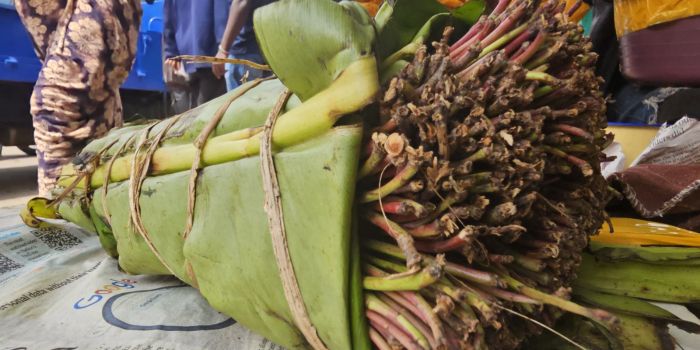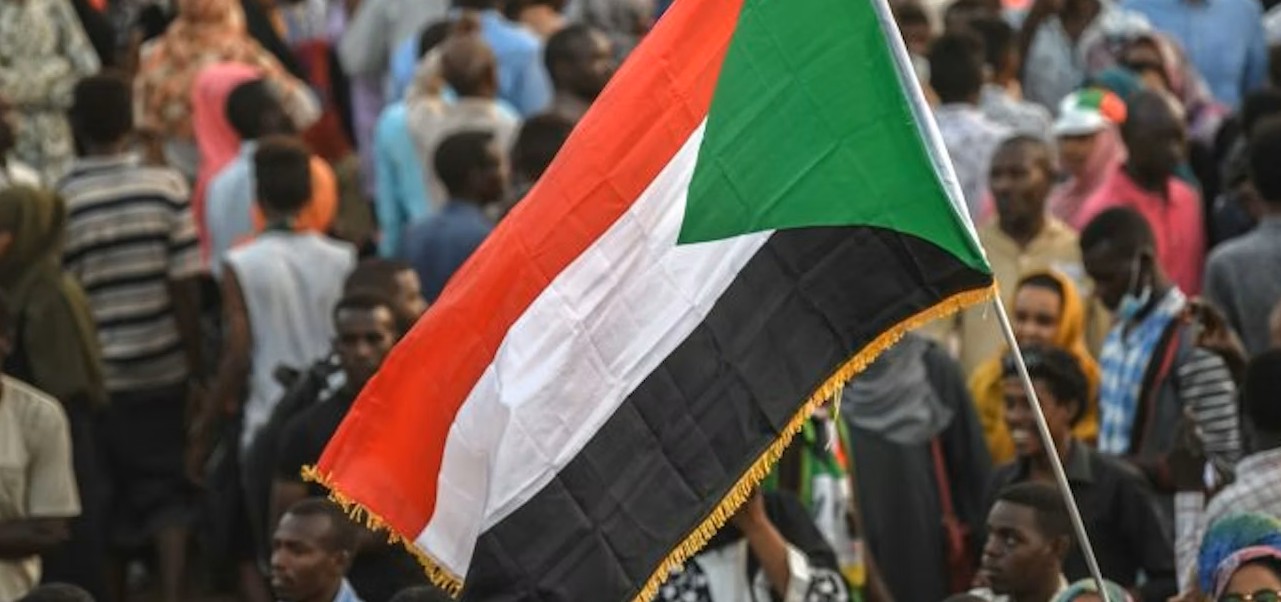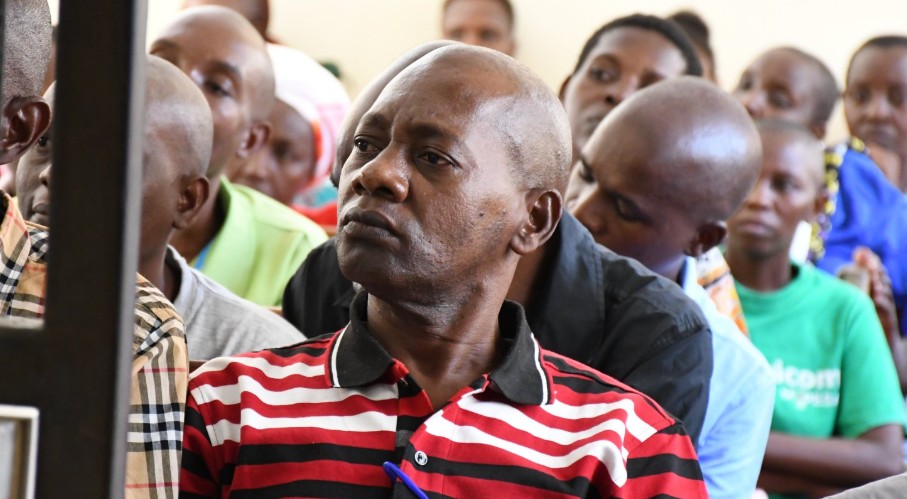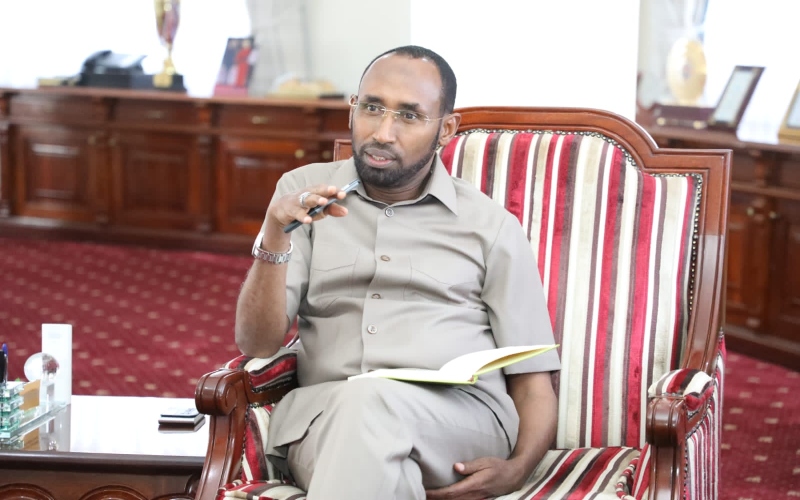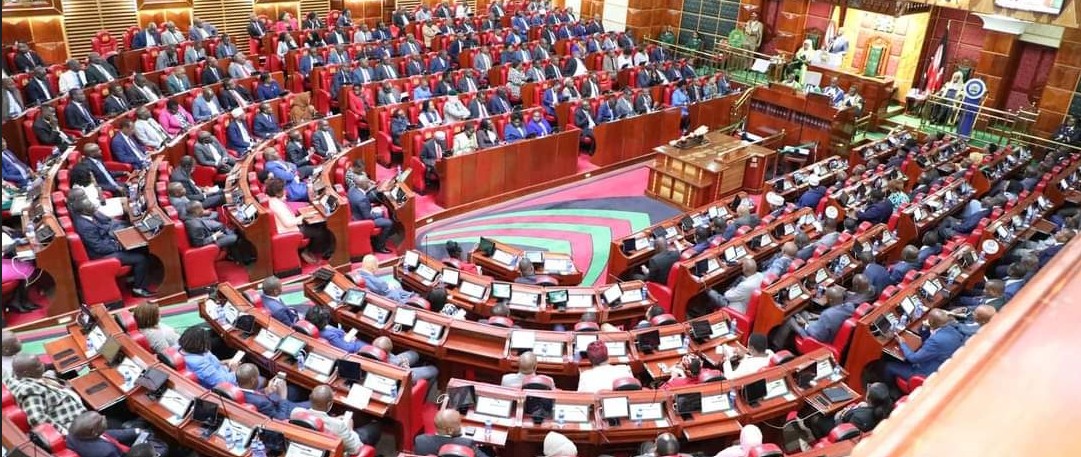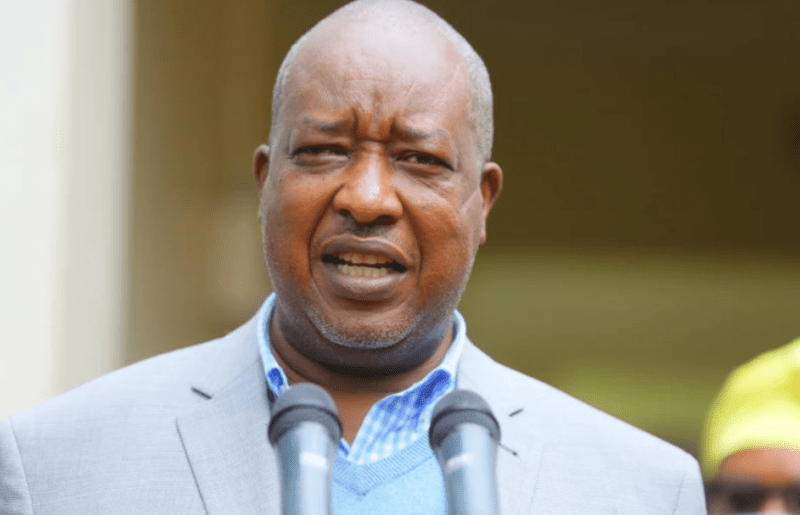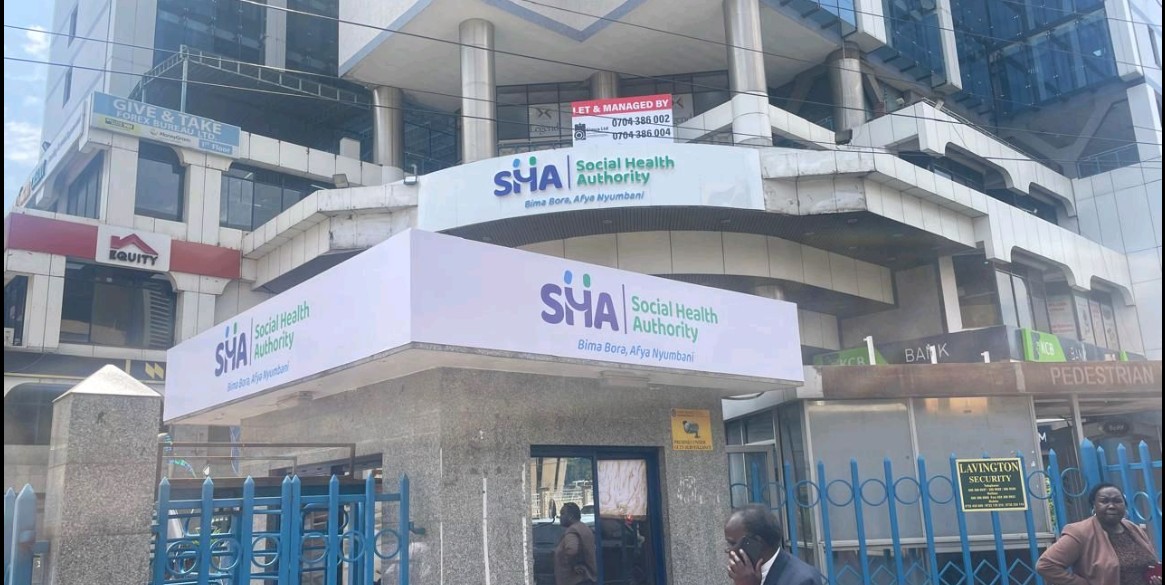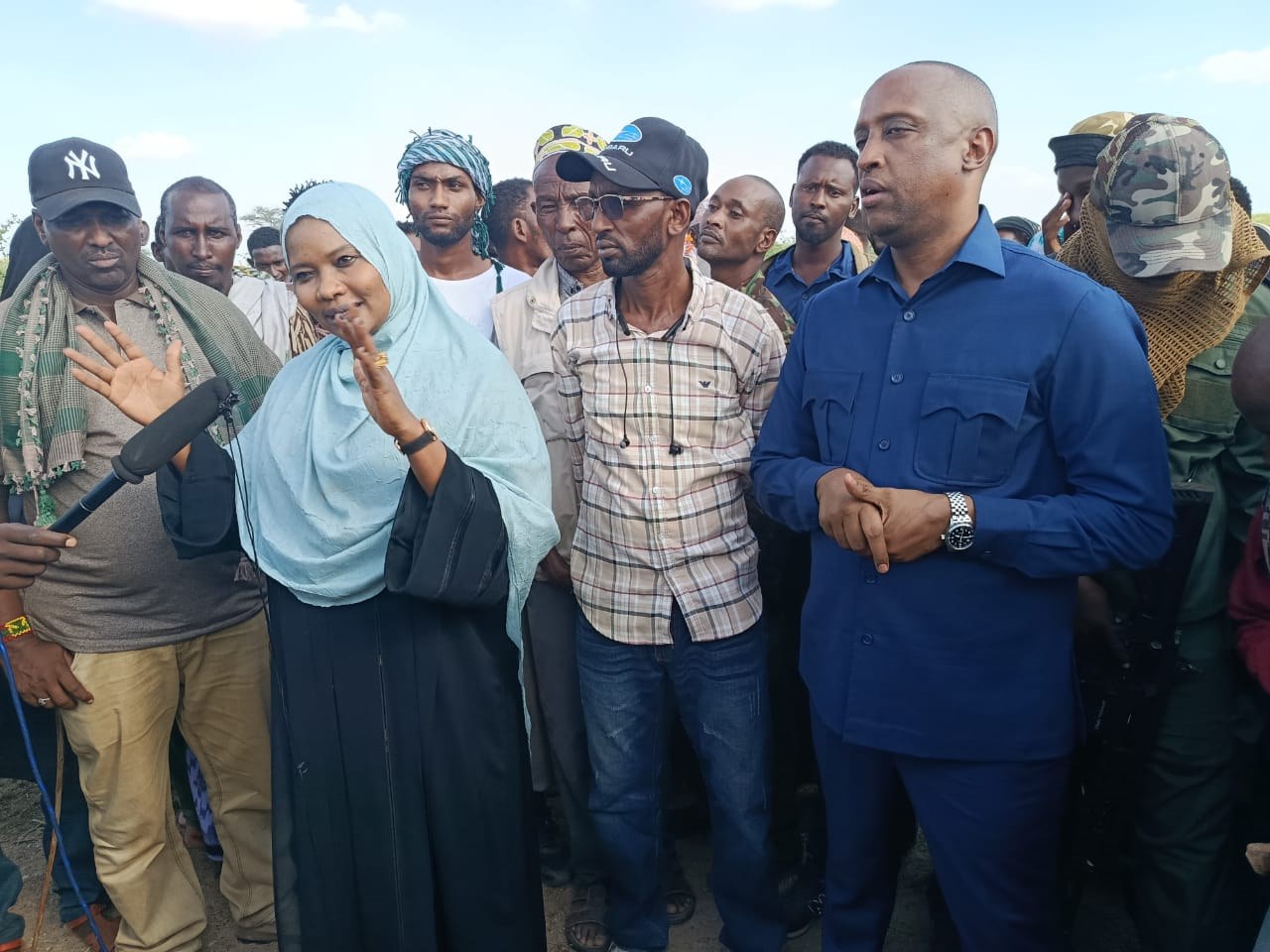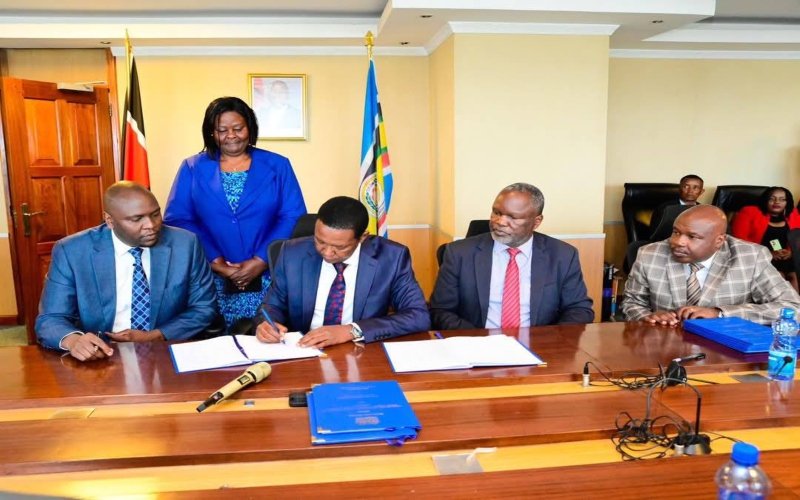EAC confirms investment-ready Kenya–Uganda Expressway, enhancing Mombasa port access
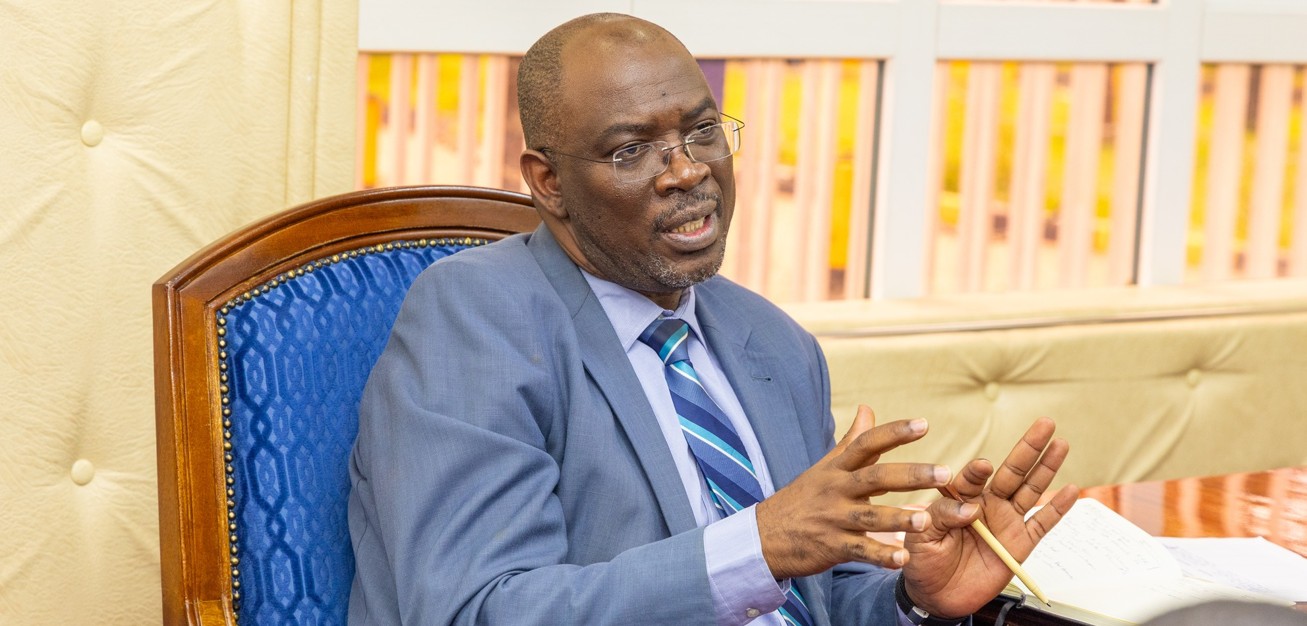
The 256-kilometre Kisumu–Kakira Expressway will upgrade key trade routes, modernise border posts, and enhance connectivity across five EAC countries.
The East African Community (EAC) has confirmed that the proposed Kenya–Uganda Kisumu Expressway is both feasible and ready for investment, clearing the way for a USD 1.4 million (approximately Sh187 million) African Development Bank-funded project to modernise the Northern Corridor.
The multinational expressway, linking Kisumu in Kenya to Kakira in Uganda’s Jinja District, is expected to significantly boost regional connectivity, trade, and transport efficiency between the two countries. The 256-kilometre project will upgrade the existing two-lane single carriageway to bitumen standards, with sections expanded into dual carriageways over a 104km stretch.
More To Read
- EAC's Nairobi summit pushed to January amid regional tensions
- Kenya criticises ‘over-judicialisation’ after East African Court of Justice blocks EU trade deal
- East African Court postpones swearing-in of nine Somali legislators to EALA
- Museveni clarifies Indian Ocean comments after Kenya downplayed war talk
- Kenya dismisses war fears as Mudavadi quashes claims of Uganda ‘overrunning’ the country
- Somalia takes over leadership of EAC Speakers Bureau from Kenya
“Kenya–Uganda Expressway Good to Go! Movement between Kenya and Uganda via the Northern Corridor is set for transformation with confirmation of the Kisumu–Busia / Kakira–Malaba Multinational Expressway as a feasible and investment-ready project,” said the EAC in a statement on X.
In Uganda, plans include constructing a new 60-kilometre expressway from Jinja to Busesa under a public-private partnership (PPP) arrangement, as well as dualling the Busesa–Malaba and Busitema–Busia roads.
Upgrade Kisumu bypass
On the Kenyan side, the project will upgrade the Kisumu bypass and the Kimaeti–Lwakhakha road to bitumen standards, alongside rehabilitating the Busia and Malaba One Stop Border Posts (OSBPs) to facilitate smoother movement and clearance.
Speaking at the site handover ceremony in Kisumu on April 24, 2024, the EAC Deputy Secretary-General in charge of Infrastructure, Productive, Social and Political Sectors, Aguer Ariik Malueth, said the feasibility study would take 18 months.
Hon. Ariik explained that upgrading the Kisumu–Kisian–Busia/Kakira–Malaba–Busitema–Busia Expressway will improve transport services for five land-linked EAC Partner States—Uganda, Rwanda, Burundi, South Sudan, and the Democratic Republic of Congo—by enhancing access to Mombasa Port through the Northern Corridor.
He added that the feasibility study would also cover improvements to the Busia and Malaba OSBPs and the upgrading of the Lwakhakha border crossing into an OSBP.
“It is our expectation that Partner States are also in the process of upgrading the other sections of the Northern Corridor from Mombasa through Nairobi up to Malaba and from Kampala westwards towards Katuna and Mpondwe so as to achieve a uniform high level of service along the entire corridor,” he said.
Ariik disclosed that the EAC manages 10 cross-border corridors forming the EAC Road Network Project, totalling 15,000 kilometres, and that the Secretariat’s focus is on improving these routes to enhance the economic well-being of all EAC citizens.
“The consultant is also expected to propose other measures, including digitalisation of weighbridges, establishment of roadside rest areas, and intelligent transport systems,” added Hon. Ariik.
The expressway is part of the Mombasa–Kigali corridor, which was prioritised at the EAC Heads of State Retreat on Infrastructure Development in Kampala in 2018, and is expected to play a key role in strengthening regional integration and cross-border trade.
Top Stories Today

